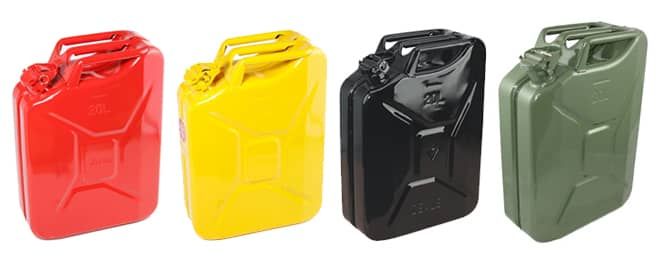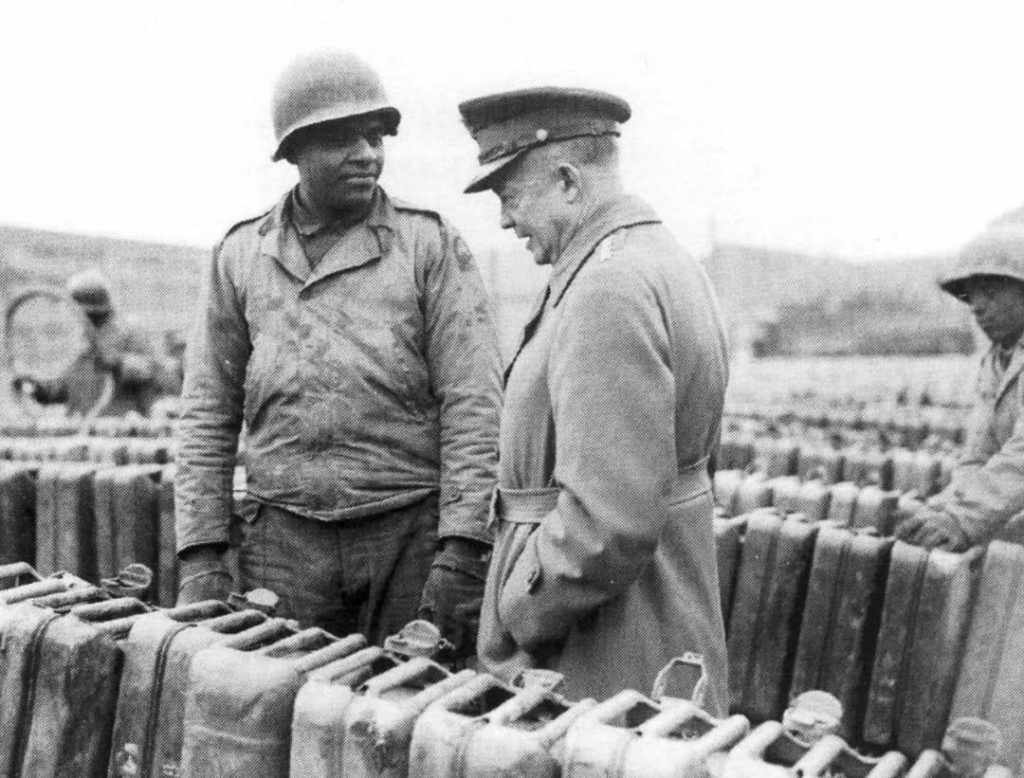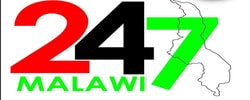By Burnett Munthali
According to 247 Malawi, Chisomo Phiri reported that the country’s energy regulator, Malawi Energy Regulatory Authority (MERA) has granted permission to all oil marketing companies and fuel services stations registered with it to start selling up to 20 litres of fuel in jerry cans to consumers.
In a statement, the authority’s Chief Executive Officer (CEO) Henry Kachaje says the decision for this is to provide increased convenience to consumers, particularly those with small-sale fuel requirements machinery, generators, and emergency fuel needs.
This article scrabbles about into the history and introduction of jerrycans. It is always fascinating to look back at history and have a feeling of how things were then and compare and contrast with the present. Those who were there in the old days will always cherish those moments and are reminded of the past while those who weren’t there can only imagine.
The banning of jerrycans
In April 2022, The Malawi Energy Regulatory Authority (MERA) noted with concern an increase in illegal fuel storage. This did not only violate the law but also endangered lives and property.
The Liquid Fuels and Gas Regulations of 2009 provide that a person who wishes to store fuel for commercial purposes shall first register with MERA and comply with standards for storage of liquid fuels and gas. This limitation does not apply to the storage of paraffin.
A Registration Certificateis issued to private generators that comply with the minimum standards upon submission of an application form and payment of applicable fees of MK100 per kilovolt-ampere (kVA) with a minimum of Three Thousand Kwacha for generators of capacity range of 20kVA – 30kVA. Where private generators are used as a baseload the fee is MK150 per kVA.
Private generation facilities that are below 20kVA are required to be declared to MERA. This declaration does not attract any fee.
In March 2024, The Malawi Energy Regulatory Authority (MERA) revoked a directive order that restricted customers from buying fuel in jerry cans without a permit from the energy regulatory body.
When the country was experiencing a fuel crisis in 2023, MERA restricted the buying of fuel in jerry cans without their permission and several service stations were closed and fined for acting contrary to the directive.
However, people can now breathe a sigh of relief as MERA, through a press statement signed by its Chief Executive Officer Henry Kachaje, has finally revoked the directive.
The statement indicates that consumers can now buy up to 20 litres of fuel in jerry cans and it is reported that the decision on the matter has been made to provide more convenience to consumers.

History
The first known filling station was the city pharmacy in Wiesloch, Germany, where Bertha Benz refilled the tank of the first automobile on its maiden trip from Mannheim to Pforzheim back in 1888. Shortly thereafter other pharmacies sold gasoline as a side business.
History. The name of the jerrycan refers to its German origins, Jerry being slang for Germans. The design was reverse engineered and subsequently copied, with minor modifications, by the Allies during the Second World War.
Jerrycans was a Western desert army slang for German liquid containers; hence ‘jerry cans’. The allied army used them in preference to the army issue as the jerry can’s ribbed design made it less prone to leaking in the onerous conditions.
Captured German fuel cans became a prized possession in North Africa and after Benhghazi was captured in 1941 the British army got thousands of them. The cans of course needed a name so British soldiers gave them the nickname for their adversaries, Jerry. These new cans became known as jerrycans.
When this design being copied by the other states, it also got some slang names. The most common are: “Jeep Cans”, “Blitz Cans” or just “Jerry Cans” because of the name by which they were mockingly called the German soldiers ‘germans’ or ‘Jerries’.
Jerrycans simply means a narrow flat-sided container for liquids usually holding about five U.S. gallons (about 19 liters)
The nickname was originally created during World War I. The term is the basis for the name of the jerrycan. The name may simply be an alteration of the word German. Alternatively, Jerry may possibly be derived from the stahlhelm introduced in 1916, which was said by British soldiers to resemble a “jerry” (chamber pot).
The jerry can had been an integral component of the German Blitzkrieg tactics which enabled them to move motorised divisions rapidly through Europe at the start of the war. By the time of the allied invasion, the design had been reverse engineered and British and American troops were equipped with their own jerry cans.











